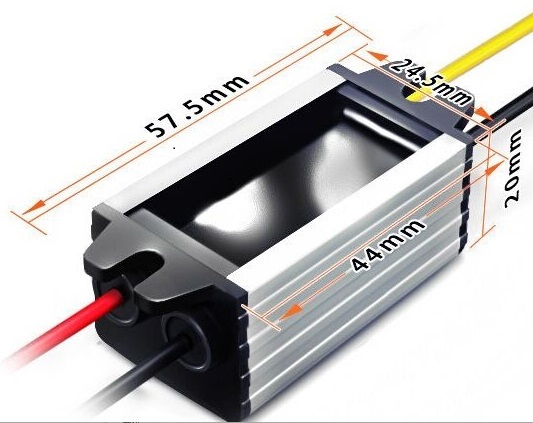Advantages of boost converter: high output voltage, low duty cycle, low voltage on MOSFET, low output voltage distortion, even if the line frequency exists, the waveform quality is also very good.
The continuous switching mode of the boost converter consists of an inductor, a capacitor, and an input voltage source, and a switching device. This inductor acts as a storage element. The boost converter switch is controlled by PWM (Pulse Width Modulator).

When the switch is turned on, energy is generated in the inductor, and more energy is delivered to the output. The high-voltage capacitor can be converted from a low-voltage input source. The input voltage is always greater than the output voltage.(dc step up converter 12v: step up power converter) In continuous conduction mode, the current increases relative to the input voltage.
Using inductors, capacitors, switching devices, and input voltage sources to form a discontinuous conduction mode circuit. The inductor is a kind of storage element that is the same as the continuous conduction mode. In discontinuous mode, when the switch is turned on, energy is transferred to the inductor.
If the switch is turned off for a period of time when the next switching cycle is turned on, the inductor current will reach zero. The output capacitor is charged and discharged with respect to the input voltage. The output voltage is less than in continuous mode.
The DC boost converter also provides over-voltage and over-temperature protection, plus its soft-start circuit to ensure that the product can automatically restart under safe conditions. Other features include anti-vibration bell and hiccup mode short circuit protection.